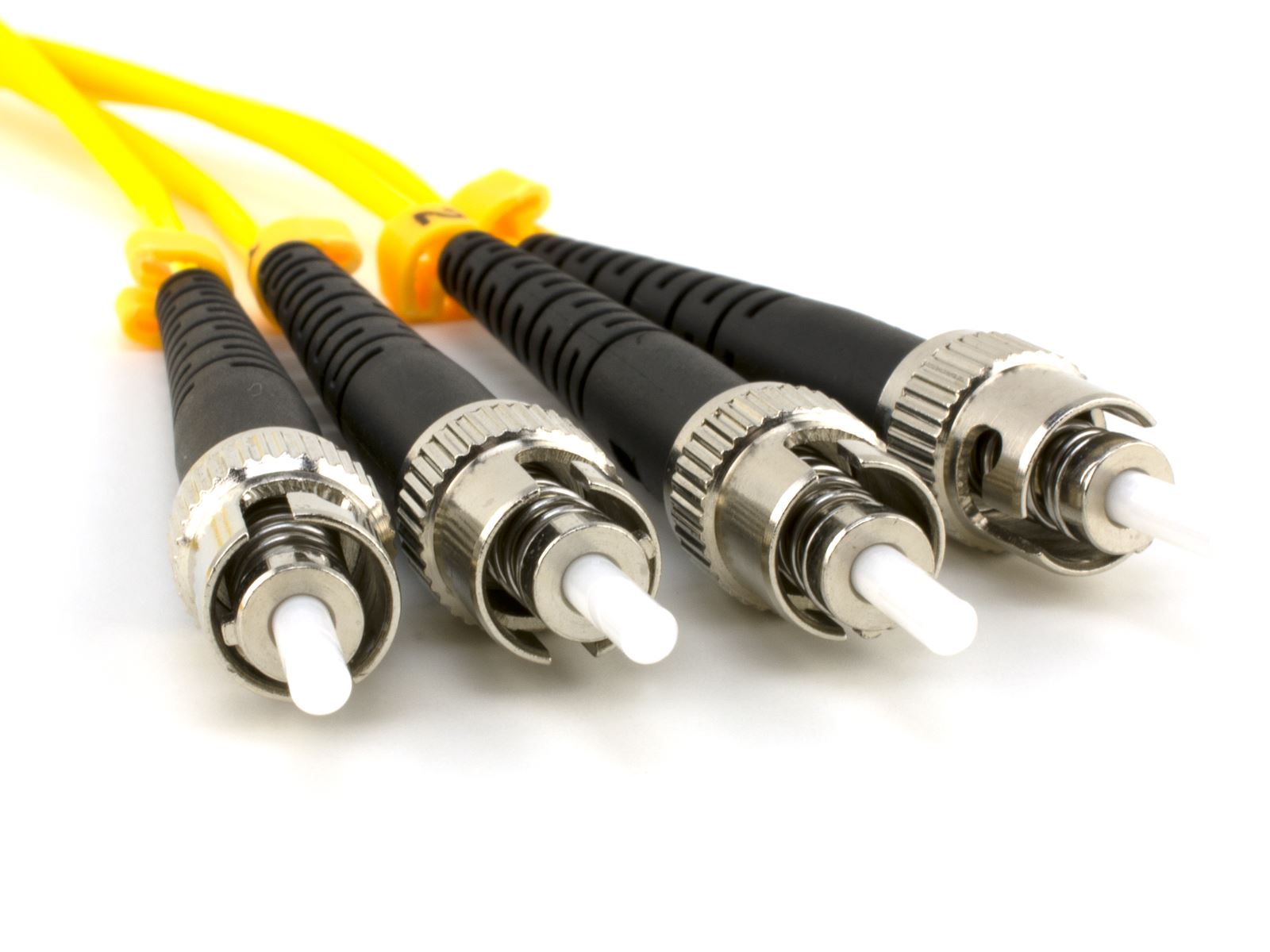
LAN, audio systems for 200 μm fibers, simple field termination possible, mates with ST connectorsĭatacom, telecom, measurement equipment, single-mode lasers Many of them are summarized in the tables below. Many types of optical connector have been developed at different times, and for different purposes. Selection of the correct housing depends on the cable and connector type, the location, and environmental factors. Free-breathing enclosures, on the other hand, allow ventilation, but can also admit moisture, insects and airborne contaminants. Hermetic cases prevent entry of moisture and air but, lacking ventilation, can become hot if exposed to sunlight or other sources of heat. In such settings, protective enclosures are often used, and fall into two broad categories: hermetic (sealed) and free-breathing. Outside plant applications may require connectors be located underground, or on outdoor walls or utility poles. In many data center applications, small (e.g., LC) and multi-fiber (e.g., MTP/MPO) connectors have replaced larger, older styles (e.g., SC), allowing more fiber ports per unit of rack space. Generally, organizations will standardize on one kind of connector, depending on what equipment they commonly use. The main differences among types of connectors are dimensions and methods of mechanical coupling. Typical connectors are rated for 500–1,000 mating cycles. The other parameter is return loss, with grades from 1 (best) to 5 (worst).Ī variety of optical fiber connectors are available, but SC and LC connectors are the most common types of connectors on the market. The standard gives five grades for insertion loss from A (best) to D (worst), and M for multimode. Measurements of these parameters are now defined in IEC standard 61753-1. Performance of optical fiber connectors can be quantified by insertion loss and return loss. The resulting glass-to-glass or plastic-to-plastic contact eliminates signal losses that would be caused by an air gap between the joined fibers. Most optical fiber connectors are spring-loaded, so the fiber faces are pressed together when the connectors are mated. Optical fiber connectors are used in telephone exchanges, for customer premises wiring, and in outside plant applications to connect equipment and fiber-optic cables, or to cross-connect cables.
#St connector single or multimode Patch#
However, the assembly and polishing operations involved can be performed in the field, for example, to terminate long runs at a patch panel. Due to the polishing and tuning procedures that may be incorporated into optical connector manufacturing, connectors are often assembled onto optical fiber in a supplier's manufacturing facility.

Optical fiber connectors are used to join optical fibers where a connect/disconnect capability is required. In all, about 100 different types of fiber optic connectors have been introduced to the market. Better connectors lose very little light due to reflection or misalignment of the fibers. The connectors mechanically couple and align the cores of fibers so light can pass. LC (top) and ST (bottom) optical fiber connectors, both with protective caps in placeĪn optical fiber connector joins optical fibers, and enables quicker connection and disconnection than splicing.


 0 kommentar(er)
0 kommentar(er)
